
Nematicides New and Noteworthy: Label and Registration Updates for Nematicides in Sweetpotato
Root-knot nematodes (RKN; Meloidogyne spp.) are microscopic, soilborne roundworms that feed on plant roots. In sweetpotato, they cause galls, …



El inglés es el idioma de control de esta página. En la medida en que haya algún conflicto entre la traducción al inglés y la traducción, el inglés prevalece.
Al hacer clic en el enlace de traducción se activa un servicio de traducción gratuito para convertir la página al español. Al igual que con cualquier traducción por Internet, la conversión no es sensible al contexto y puede que no traduzca el texto en su significado original. NC State Extension no garantiza la exactitud del texto traducido. Por favor, tenga en cuenta que algunas aplicaciones y/o servicios pueden no funcionar como se espera cuando se traducen.
Inglês é o idioma de controle desta página. Na medida que haja algum conflito entre o texto original em Inglês e a tradução, o Inglês prevalece.
Ao clicar no link de tradução, um serviço gratuito de tradução será ativado para converter a página para o Português. Como em qualquer tradução pela internet, a conversão não é sensivel ao contexto e pode não ocorrer a tradução para o significado orginal. O serviço de Extensão da Carolina do Norte (NC State Extension) não garante a exatidão do texto traduzido. Por favor, observe que algumas funções ou serviços podem não funcionar como esperado após a tradução.
English is the controlling language of this page. To the extent there is any conflict between the English text and the translation, English controls.
Clicking on the translation link activates a free translation service to convert the page to Spanish. As with any Internet translation, the conversion is not context-sensitive and may not translate the text to its original meaning. NC State Extension does not guarantee the accuracy of the translated text. Please note that some applications and/or services may not function as expected when translated.
Collapse ▲
Root-knot nematodes (RKN; Meloidogyne spp.) are microscopic, soilborne roundworms that feed on plant roots. In sweetpotato, they cause galls, …
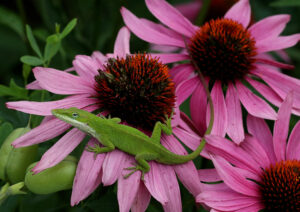
Spring tours of North Carolina Cooperative Extension’s Pollinator Paradise Demonstration Garden in Pittsboro start on May 10! The garden features over 225 …
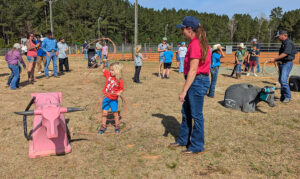
The 5th Annual Chatham County Spring Ag Fest on March 29, 2025, was a success with a great crowd and beautiful …

Two significant changes are coming to the PDIC this spring: Our lab will be moving to the Varsity Research …
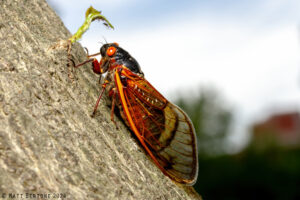
If you missed them last year or didn’t get your fill, you’ll have another chance to see periodical cicadas …
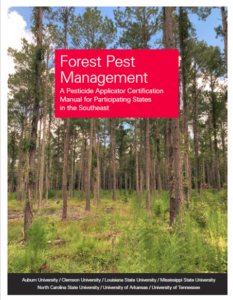
The Pesticide Safety Education Program at NC State University is offering an online exam preparation course for those seeking …
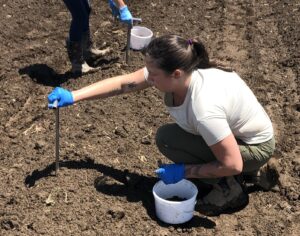
The North Carolina Department of Agriculture and Consumer Services (NCDA & CS) is offering free services for counties affected …

The 2025 Southeastern Vegetable Crop Handbook can be purchased through UNC Press , Amazon, OR in open access format here. Unfortunately, …

It’s that time of year to start collecting applications for the Herter-O’Neal Scholorships! Deadline to submit applications is 3/19/2025. Basic …
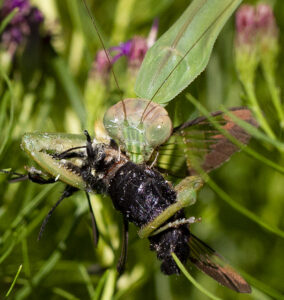
Folks of all ages delight in finding praying mantids in the garden. These charismatic predators are large and easy …
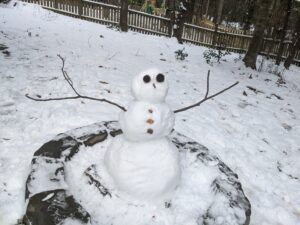
Due to the winter weather, NC State will operate under Condition 2 (Suspended Operations) on Wednesday, Feb. 20th. Under …
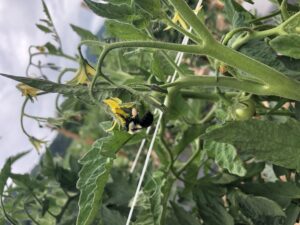
The fungicide spray guides for tomato and pepper are intended for commercial growers and are suggested products or programs …

NCCEAPA, NCD is fundraising for our State Conference which will be in Greensboro this year, if you would like …
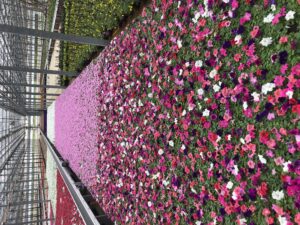
Fungicide use to manage diseases in ornamental crops is a part of an effective integrated pest management program. Efficacy …
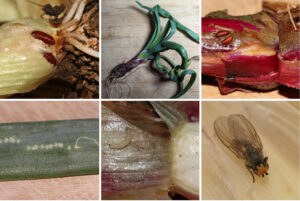
Last spring some growers in the North Carolina piedmont noticed unusual problems with their allium crops, primarily bulb onions, …
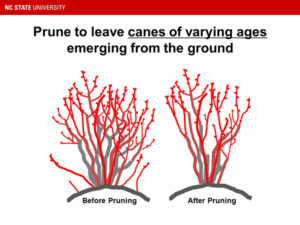
Blueberries are a popular crop for commercial farmers as well as home gardeners in North Carolina. They are fairly …
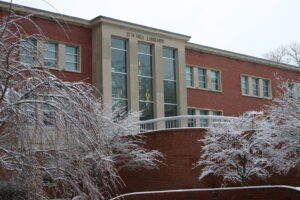
Condition 2 (Suspended Operations) have been extended until 10 a.m. on Thursday, January 23, 2025. We hope for much …

In observance of the Dr. Martin Luther King, Jr. holiday, the Plant Disease and Insect Clinic will be closed …
This publication describes the life cycle, scouting and treatment of the balsam twig aphid, a …

This article will cover two important scale insect pests of blueberries in North Carolina, terrapin …

This vegetable pathology factsheet describes the identification and treatment of anthracnose of pepper.
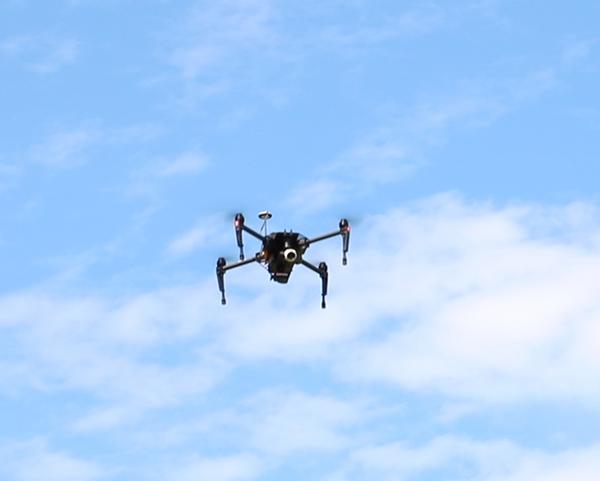
This publication discusses flying unmanned aerial vehicles (drones, model aircraft) for commercial purposes. You'll learn …

This factsheet describes the biology and control of bermudagrass mites (Eriophyes cynodoniensis), tiny, worm-like arachnids …
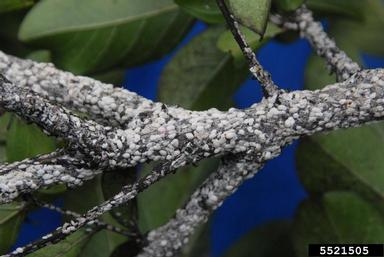
Crape Myrtle Bark Scale (CMBS), Acanthococcus lagerstroemiae, is an exotic insect pest that feeds only …
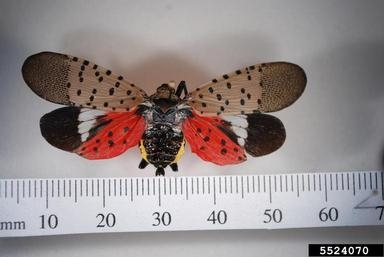
This factsheet describes the biology and integrated pest management of spotted lanternfly (Lycorma delicatula) in …
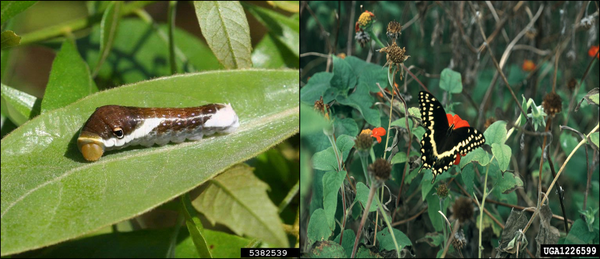
Laurel wilt is a disease of plants in the laurel family (Lauraceae), primarily redbay and …